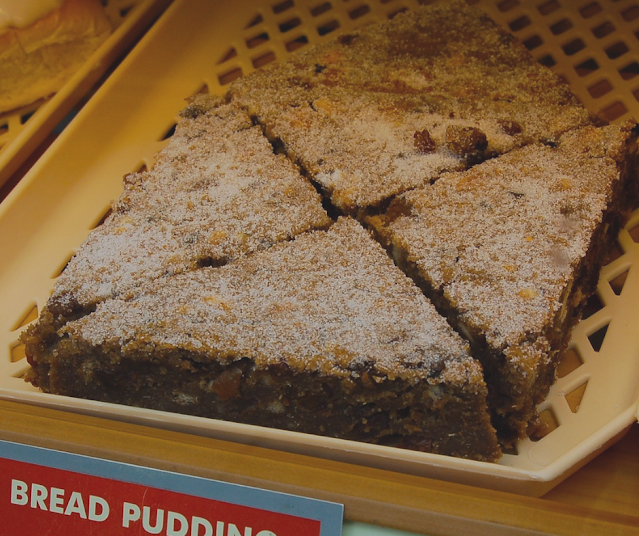Pesto of the Italians
Originally published on January 31, 2010.
Disclosure:
This post contains affiliate links, which means, I may earn a small commission if you buy an item.
_____
There is an Italian sauce traditionally made by hand with a mortar and wooden pestle using natural ingredients without preservatives and food coloring. This ancient tradition born one of the most popular condiments in the world called pesto, a genuine Italian specialty spread or sauce that is known for its old-country flavor and aroma.
What exactly is pesto made of and what makes it hearty?
Pesto sauces and spreads have been used in Italian cuisines since the times of the Romans. The practice of this traditional paste has its origin in Genoa in the Italian province of Liguria.
Pesto also originates from the Genoese word pestâ sometimes spelled as pasto, which means to crush or to pound. This favorite is best used as a spread on bread, pizza sauce, or pasta, and as a final flavor touch for soup.
"The ancient Romans used to eat a similar paste called moretum, which was made by crushing garlic, salt, cheese, herbs, olive oil, and vinegar together. The introduction of basil, the main ingredient of modern pesto, occurred in more recent times and is first documented only in the mid-19th century when gastronomist Giovanni Battista Ratto published his book La Cuciniera Genovese in 1863." -source
In the preparation of pesto, it is important to use only the freshest ingredients because it is not cooked. This combined culture and fresh character have made it another hearty European tradition the world loves.
An Authentic Italian Taste
Pesto's basic ingredients are fresh basil leaves, cheese, pine nuts, garlic, and Italian olive oil. After washing and drying the basil leaves, it is pressed with other ingredients until it forms a smooth paste.
Modern chefs can choose either the classic-by-hand method or the modern blender approach. With the use of mortar and pestle, the fresh taste and sharpness of basil leaves are maintained.
Flavors are the taste of combined basil from Liguria and Pignoli from the Italian hills that range from light and flavorful to spicy. The flavor is often very strong therefore it must be used sparingly with care - a small amount is what is usually needed to go the way.
Flavors are the taste of combined basil from Liguria and Pignoli from the Italian hills that range from light and flavorful to spicy. The flavor is often very strong therefore it must be used sparingly with care - a small amount is what is usually needed to go the way.
Want to collect more than a hundred recipes of pesto?
Cooking Suggestion
Pesto is perfect when spread evenly on the baked pastry as a sauce, burger topping, on pizza, cooked meats, and in soups. Italians love it tossed on spaghetti or trofie, the classic Ligurian pasta of Genoa. By tradition, Pesto ala Genovese is used to top the Trofie pasta.
Tips from the Kitchn: 10 Great Ways to Use Pesto
 |
| Trofie by Italian Food Forever
Make your own trofie pasta or discover an Italian soup with a dollop of homemade basil pesto. Cabbage and Farro Soup is particularly easy for those eager to learn to cook Italian. |
A stone mortar and pestle have been used for THOUSANDS of years as the best way to crush, grind and powder herbs and dry spices.










Comments
Post a Comment